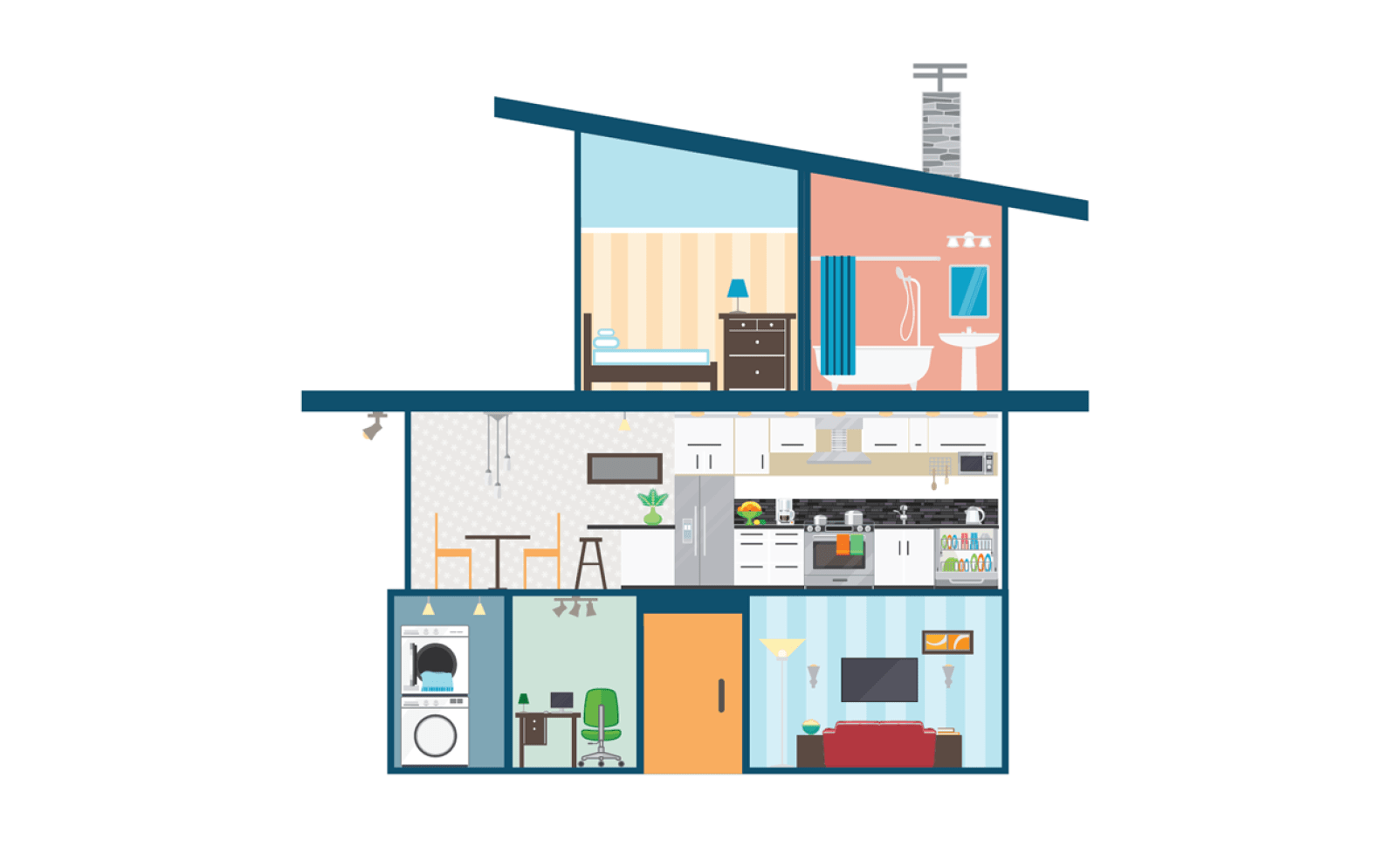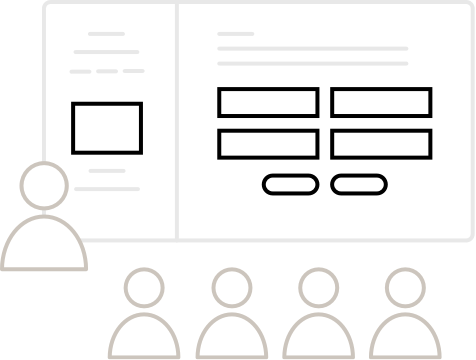Energy conservation quiz
Discover all the ways to save electricity in our homes and schools.

Overview
This activity is about spotting opportunities to save energy in every room of the house. Apply the same principles at school and share the message with fun and creative sticky note messages.
Participate as a class
A single screen and laptop is used for watching the video and answering questions together as a class.
Before you begin, make sure:
- You’re connected to the internet
- You’re projecting your screen for the class to see

Need help with using quiz activities in the classroom?
Check out
our
Getting started guide.
Instructions
What you'll need
- “Smart energy use” slideshow
- "What is energy conservation" video
- Sticky notes or scrap paper, markers and pencil crayons
Spot the savings
- Watch the "What is energy conservation" video with your students to help them understand the concept of energy conservation.
- Pull up the “Smart energy use” slideshow and discuss what energy conservation means and why it’s important.
- At slide 6, let’s play “spot the energy savings”. Split the class up into groups and assign each group different rooms of the house (bathroom, bedroom, kitchen, dining room, laundry room, office, TV room/den). Have groups discuss the ways we use energy in their assigned room(s) and come up with energy conservation ideas. For example, in the kitchen we can keep the fridge door shut as much as possible so cold air doesn’t leak out.
- Regroup and have students share their ideas with the class as you continue through the remaining slides. Refer to the Teaching notes section for a list of energy saving opportunities by room.
Sticky notes reminders
- Challenge your students’ creativity by brainstorming energy saving slogans and designing fun sticky notes to be posted around the school. Slogans like “Be polite and turn off the light” are simple ways to share the message of conservation.
Take the quiz
- Launch the quiz activity at the top of this page to test your students on what they learned.
Curriculum Fit
Core competencies
Communications
- Explain/recount and reflect on experiences and accomplishments
Thinking
- Creative thinking: generating ideas
- Critical thinking: develop and design
- Solving problems in peaceful ways
Social responsibility
- Contributing to community and caring for the environment
The activities also connect to a variety of grade-specific curricular competencies and content in a variety of subjects including Socials Studies, Science, and English Language Arts.
Assessments
- Assess students’ ability to share ideas on why we need to conserve electricity.
- Assess students’ participation and creativity in an energy conservation craft.
- Assess students’ understanding of how to conserve electricity in school and at home.
Teaching Notes
Bedroom
- Set the temperature a little lower when you're sleeping. 16 degrees Celsius is an ideal temperature at night.
- Turn off the lights when you’re not in the room.
- Try to use natural light when you can by opening your blinds.
- Put on a sweater instead of turning up the heat.
Bathroom
- Heating water uses energy, so cutting your shower time by 1 minute could save $15 per year in electricity.
- Don’t leave the water running.
- Use a low flow showerhead to decrease water consumption and the water heating costs.
Kitchen and dining room
- Keep the fridge door closed as much as possible. Up to 30% of cold air escapes every time you peek in.
- Keep the fridge full (it takes more energy to keep an empty fridge cool).
- Only run the dishwasher when it’s full and turn off the heat-dry setting.
- Use the right appliance for the job: a kettle uses less electricity to boil water and a slow cooker is more efficient than a stove.
- Energy efficient appliances use less energy to perform a task.
- Cook with smaller appliances (toaster oven, microwave) when you can.
- Try to only use an oven if you're cooking a full meal.
- Turn off the lights when you’re not in the room.
- Try to use natural light when you can by opening your blinds.
Laundry room
- Washing clothes in cold water uses less energy than washing in hot water.
- Turn off the lights when you leave the room.
- Only wash a full load of laundry.
- Hang laundry to dry.
Computer & TV room
- Turn off electronic devices when not in use.
- Unplug your devices; if something is plugged in but turned off, it's still using standby power (also called vampire and phantom power).
- Laptops use less energy than a TV and smaller devices with less hardware often require less energy to operate.
Learn other ways to conserve energy through the "How can we save energy with lighting" video.








